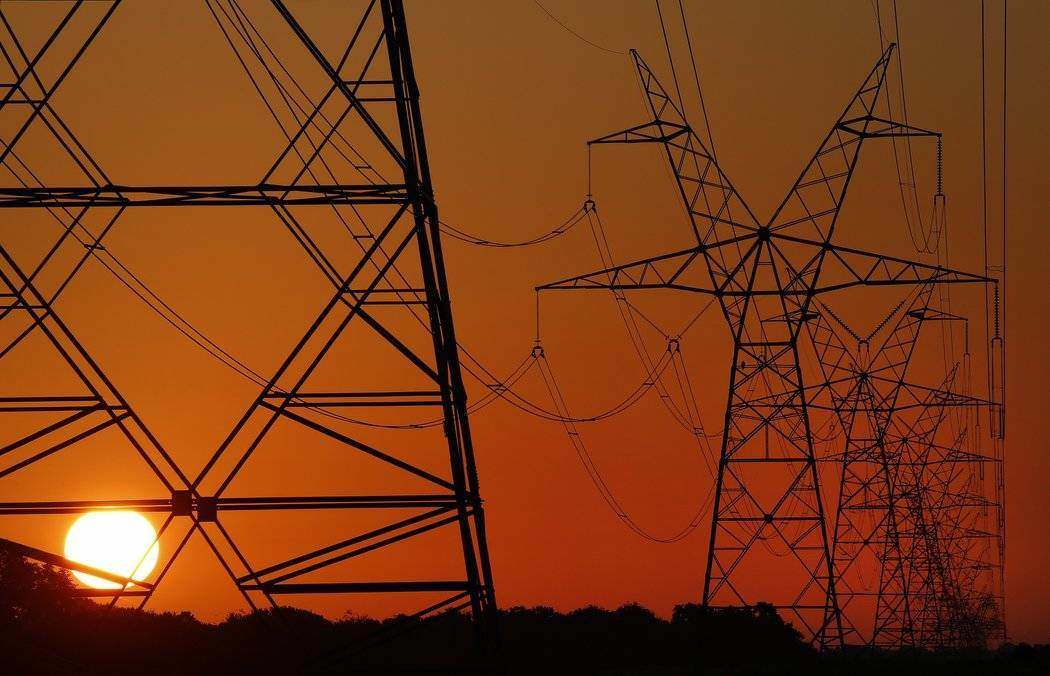
Today, the Department of Energy released a 2-page summary of the findings and recommendations of its highly-anticipated study on grid resilience and reliability. Secretary Perry commissioned the study in April, in a memo leading with the thoroughly-debunked proposition that “baseload power is necessary to a well-functioning electric grid.”
The summary released today by the DOE makes recommendations to address threats to these “baseload” (i.e. coal and nuclear) power plants, but misses out on the broader opportunities that these so-called “threats” unlock.
In focusing on threats to baseload power, the summary omits the other half of the story: namely, that the United States has an unprecedented opportunity to rethink the grid, and transition investment towards distributed and renewable energy technologies that offer the same (and often better) reliability services as conventional power plants, at lower cost, and without carbon emissions.
What the summary gets right
The summary of the DOE study findings and recommendations identifies several important points that are critical to address as we navigate the future of the grid:
- Market forces driving baseload retirements. The DOE authors note that market forces (e.g., the falling costs of renewables, the currently low price of natural gas, and stagnating demand growth) are largely to blame for the economic threat to baseload power plants. This is consistent with the findings of a leaked draft of the full DOE study and the conclusions of respected industry analyses, which have found that low natural gas prices are primarily to blame for the challenges facing coal and nuclear generators.
- Market design can be improved. US electricity markets were designed for an era when large, central power plants competed only with each other. Now that renewable energy, and particularly wind and solar power, is emerging as the least-cost resource, many observers agree that there is a pressing need to reexamine how we define products and compensate market players to ensure that our market rules reflect this paradigm shift in the costs and capabilities of non-traditional resources.
- An emphasis on resilience. The summary notes that while US energy markets are effective in providing for system reliability—the ability to deliver power consistently—they do not serve as well to promote the resilience of our grid—the ability to recover from a disturbance. We need to rethink how we define and compensate resources for these services, including on the demand side.
What the summary leaves out
The study summary identifies important challenges, but fails to account for the possibility, and indeed the current reality, that renewable energy and distributed energy resources are increasingly a better choice to address these challenges than conventional power plants.
- Distributed energy resources can improve affordability, reliability, and resilience. The study summary suggests that states that retire baseload generators are “accepting increased risks that could affect the future affordability, reliability, and resilience of electricity delivery.” On the contrary, a growing body of evidence suggests that states and countries that replace old, costly fossil-fired generators with renewables, efficiency, demand response, and other distributed energy resources (DERs) have found that the opposite is true: that these resources can provide the same or better services at lower costs.
- “Fuel assurance” is not a proxy for resilience. The summary of the DOE study suggests that “fuel assurance” – i.e. the presence of a local stockpile of fuel on-site at a generator – should be valued. In fact, “fuel assurance” is by no means assured for fossil-fuel fired power plants, which face many risks beyond on-site fuel availability that can and do affect their ability to provide power to the grid.
- Grid infrastructure can be distributed. The summary recommends that Federal and state agencies accelerate “licensing, relicensing, and permitting of grid infrastructure such as nuclear, hydro, coal, and advanced generation technologies.” This reflects a 20th Century view of the definition of “grid infrastructure.” Today, the most reliable, resilient, and cost-effective “infrastructure” investment opportunities can be found behind the meter, in brownfield suburban lots, in your basement, or sprouting from the Great Plains. Reinforcing a dated definition of “infrastructure” leaves out the opportunities offered by these resources.
Missing the opportunity at hand
The summary of the DOE’s study identifies the right issues to address, but in its narrow conception of 20th Century technology as the solution, it misses out on the opportunity to reap the benefits of 21st Century innovation and drive the US grid towards a least-cost, reliable, and resilient future. The study summary recommends that the US seek “energy dominance” – but it suggests that we look backwards to find it. To truly dominate in the new energy economy, we should gracefully retire the aging baseload assets whose time has come, embrace the opportunities offered by new technologies and continued innovation, and secure the United States’ position as a leader, not a laggard, in the global energy transition.








